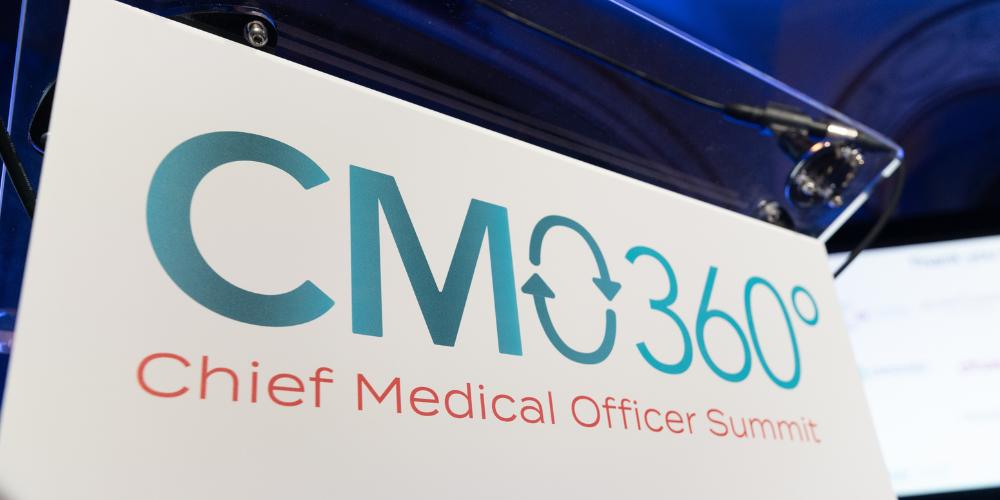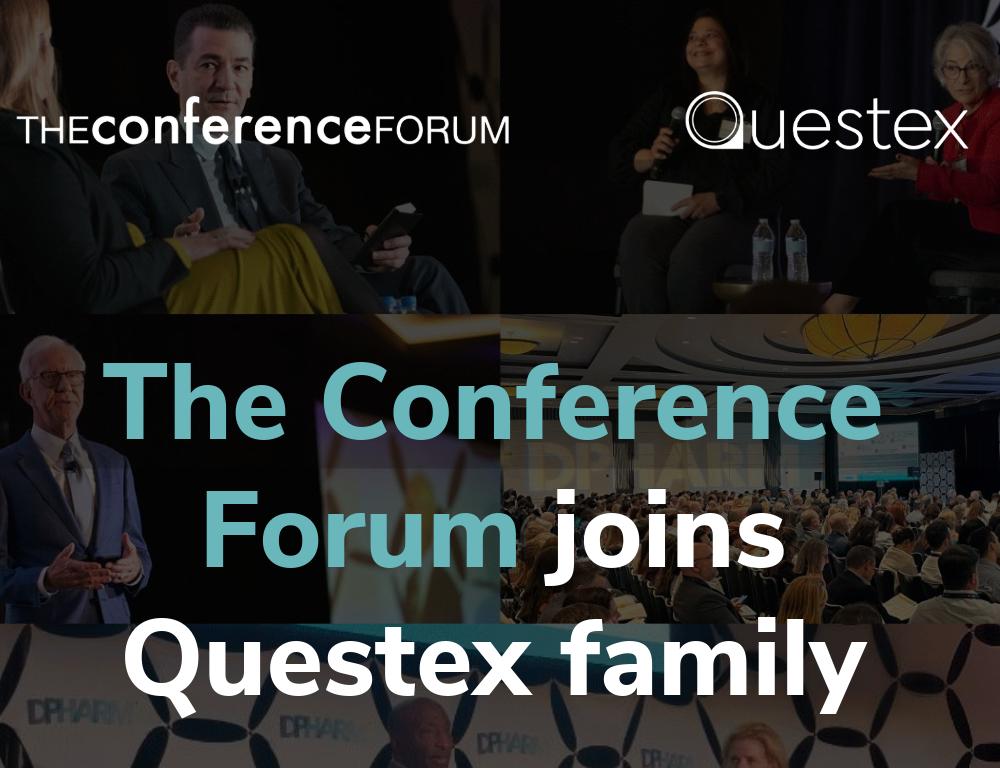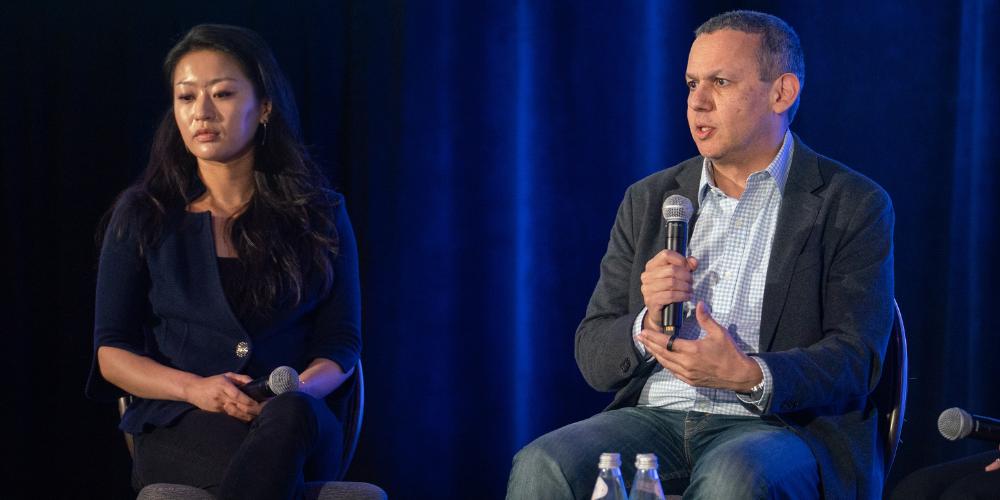Partnering with a Chinese Biotech to Develop Next Generation Therapeutics
Allen Yang, MD, PhD, CMO of Summit Therapeutics discusses the clinical development strategy for Ivonescimab, the difference between Western and Chinese innovation and navigating international regulatory interactions.

Tell us about the work that you lead at Summit Therapeutics.
As CMO of Summit Therapeutics, I oversee the clinical development and research teams. We’re a small company so a lot of people pitch in and do things beyond their specific job responsibilities.
What is Ivonescimab?
Ivonescimab is a bispecific antibody. Bispecific antibodies target two targets or ligands and Ivonescimab targets PD-1, which is a well-defined checkpoint inhibitor, and VEGF-A, which is the ligand for angiogenesis. What's unique about Ivanesimab is that there is cooperativity between the binding ligands, such that the binding of VEGF will increase the binding to PD-1 by greater than tenfold.
The other interesting thing is that because Ivanesimab is tetravalent – in other words, it has two PD-1 binding sites and two VEGF binding sites, and VEGF is actually a dimer – it will lead to cross-linking of Ivonescimab to VEGF to Ivonescimab to VEGF and so forth. This daisy chaining leads to cooperative binding and we believe that increases the ability of Ivonescimab to accumulate in the tumor microenvironment, which may lead to its greater efficacy and safety.
How can Western biotechs and their CMOs better partner with Chinese biotechs?
I first want to credit Bob Duggan, CEO and Chairman of Summit Therapeutics for seeing an opportunity in China and partnering with Akeso Therapeutics. I think people are beginning to appreciate the rapidity of innovation in terms of new molecules and technologies coming out. You also have to look at them from a clinical development perspective. They are progressing very quickly: their trials are moving quicker and they are more innovative than before. Chinese companies are really matching the West in terms of clinical development capability and the ability to set up, organize, design and execute clinical trials.
With that said, as a CMO, you had to appreciate that the standard of care is different in China. A lot of people criticize the data that comes from China but I don’t think they appreciate that it’s just different. There are cultural differences in terms of the relationship between the patient and physician. There are cultural differences in terms of medicines like how they may tend to treat younger patients and less likely to treat older patients. There are also a lot of Eastern medicines that show up in the database and the way they do clinical trials may be slightly different. I was surprised at how good the data coming out of China was.
In China, a lot of the sponsors actually have staff on site at these hospitals. These hospitals are highly specialized. Because Chinese cities are huge, they have huge centers that may only see one disease type, like lung cancer or GI cancers. Sponsors will actually have people onsite to enter the data so it is actually very pristine and accurate. With that said, the relationship between the physician and the patient and how busy they are may be a little bit different. And so they may not be able to report as many things as well. There are some differences but overall I’m surprised at how high quality the scientific information coming out of China is.
"A lot of people criticize the data that comes from China but I don’t think they appreciate that it’s just different."
Are there elements that CMOs in the West can learn from Chinese biotechs?
Innovation from China is a bit different from innovation in the West. For instance, when I first saw Ivonescimab, I didn’t think it was that innovative. The targets were well-described and known. Early on in Chinese technology, there was a lot of copying of Western technology. They could make a PD-1 antibody and made a lot of copies. They made a lot of copies of VEGF targeting agents. But their innovation was in putting things together.
For example, when designing and developing hoverboards, one city in China had multiple factories building competing products and taking ideas from one another and borrowing technologies until they came up with an optimized product. China is very good at seeing and recreating things and then mixing and matching. In the West, innovation has really been in identifying new targets like TIGIT, LAG3, CTLA-4, PD-1/PD-L1, OX40, etc. But for Ivonescimab, the big breakthrough wasn’t a new target but was in taking two existing targets and putting them together in a novel way that led to innovation. The innovation coming out of China is in looking at existing technologies and improving on them or combining them with other technologies.
Can you speak to your recently announced partnership with Pfizer?
Recently, Pfizer acquired Seagen, which is well known in the ADC space. And so there is an opportunity to combine Ivonescimab with multiple ADCs. We think that pairing the two technologies will be very important for patients in the future.
One of the nice things about Summit Therapeutics is that Ivonescimab is our only product. In the history of drug development, there has been a tendency for companies to try to pair their product with their internal pipeline. There is an advantage to this in that you can run combination studies more easily and have greater revenue capture downstream. But for Summit Therapeutics, Ivonescimab is the only product we’re developing and we have an opportunity to partner with multiple different drugs or companies.
Can you explain the logic behind combining Ivonescimab with ADCs?
It comes down to empiric combinations. An ADC is targeted against a specific antigen on a specific type of tumor cell. If Ivonescimab can also target that tumor, depending on the type of payload, you could cause some type of cellular or DNA damage that may present or release antigens and increase the immune system response. With that said, synergy between ADCs and immunotherapies has been shown in multiple tumor type but the mechanism of action is not completely understood.
"The innovation coming out of China is in looking at existing technologies and improving on them or combining them with other technologies."
How do you think about partnership as a CMO?
I looked at Ivonescimab, which is a fantastic molecule, and the first thing you do when you have a molecule in your hand is to think about how you can help patients. When I first joined Summit Therapeutics, we looked across every tumor type and analyzed the standard of care and what drugs were used. When we looked at where PD-1/PD-L1 and VEGF agents were effective and then looked at where there is overlap in different tumor types and what drugs are approved and how good the benefit is in those tumor types, we saw that some of those indications were for VEGF or PD-1 as combination therapy. So we knew that there are some disease types where you would need a combination to be successful and reach patients. We then asked which companies had those kinds of drugs and looked to see where we could potentially partner.
Can you speak to the HARMONi trials?
If you look at the sequence of events, you can understand how we were thinking when developing these drugs. Of course we knew that PD-1 and VEGF were important targets for a wide variety of tumors and there was early empiric data that PD-1 and VEGF may be synergistic in second line EGFR-positive non-small cell lung cancer (NSCLC). While it was a smaller indication, there was good data to support the combination. There was the HARMONi study, which was preceded by a study called HARMONi A in China that showed that maybe Ivonescimab would work there. HARMONi A has read out positive and we’re looking forward to the read out and release of the HARMONi data later this year.
The second study, HARMONi 2, was an important experiment run by Akeso evaluating Ivonescimab versus Pembrolizumab. PD-1 VEGF was important but people would always see it as another PD-1 – of which there are already almost a dozen approved in the West. They knew that they had to show some benefit. While they could have focused on tumor types with lower expression of PD-L1, but the way they designed the molecule, they also had the hypothesis that Ivonescimab could be a better PD-1 as well. The initial HARMONi 2 trial looked both at patients with high-expressing PD-L1 and lower-expressing PD-L1.
While that experiment was ongoing, Akeso started conducting another study called the 201 study, which was a phase 2 in NSCLC where they saw good activity in squamous NSCLC. That started the HARMONi 3 study in the US and a study called HARMONi 6 in China, which were both specifically in squamous NSCLC. We did this because while PD-1 is effective in lung cancer, VEGF – specifically Bevacizumab – was not developed in squamous NSCLC because of a safety concern. We didn’t see that safety concern in our Ivonescimab phase two trial, which was probably more important than efficacy.
In the interim, the HARMONi 2 study read out and Ivonescimab proved to be better than Pembrolizumab based on PFS. That was a very important gating activity to now expand the development of Ivonescimab aggressively. The first thing we did was to run the HARMONi 7 study, which replicates HARMONi 2 in the Western population, and specifically with a slightly different level of PD-L1 expression, after discussion with regulators. We then amended the HARMONi3 study to include both squamous and non-squamous because HARMONi 2 shows us that the drug was equally active in both.
Those three studies are a fast-to-market strategy based on early data and a reflection of the growing confidence in Ivonescimab to cover metastatic NSCLC both as a monotherapy and as a combination with chemotherapy.
How do you navigate your US regulatory interactions?
The FDA is always interested in the health of Americans. They want to bring new agents to patients as fast as possible while making sure that they are safe. As long as you understand that and you’re willing to work with them, they are willing to work with you. We have all of this phase three data from China. Some of it they are willing to accept. For some of it, they want confirmatory data or data from multiple regions before they believe an agent is safe for their specific population. But they are very reasonable about what they do.
"The FDA is always interested in the health of Americans. They want to bring new agents to patients as fast as possible while making sure that they are safe. As long as you understand that and you’re willing to work with them, they are willing to work with you."
What about your regulatory interactions abroad?
We’ve had interactions with Japanese regulators, European regulators and US regulators. They’re always interested in their specific populations. The US is very clear that they’re interested in drugs that are safe and effective and proven scientifically. All of the regions are accepting of Chinese data to varying degrees.
In Japan, there is always some amount of Japanese data you need, either by including Japanese patients in the study or by doing a bridging study. The EMA is similar to the FDA in terms of safety and efficacy expectations for approval. It gets a little bit more complicated though because while the FDA lets the marketplace figure out the value, the EMA works with the different countries on reimbursement and you need to show that value to get significant update in Europe.
Speaker







